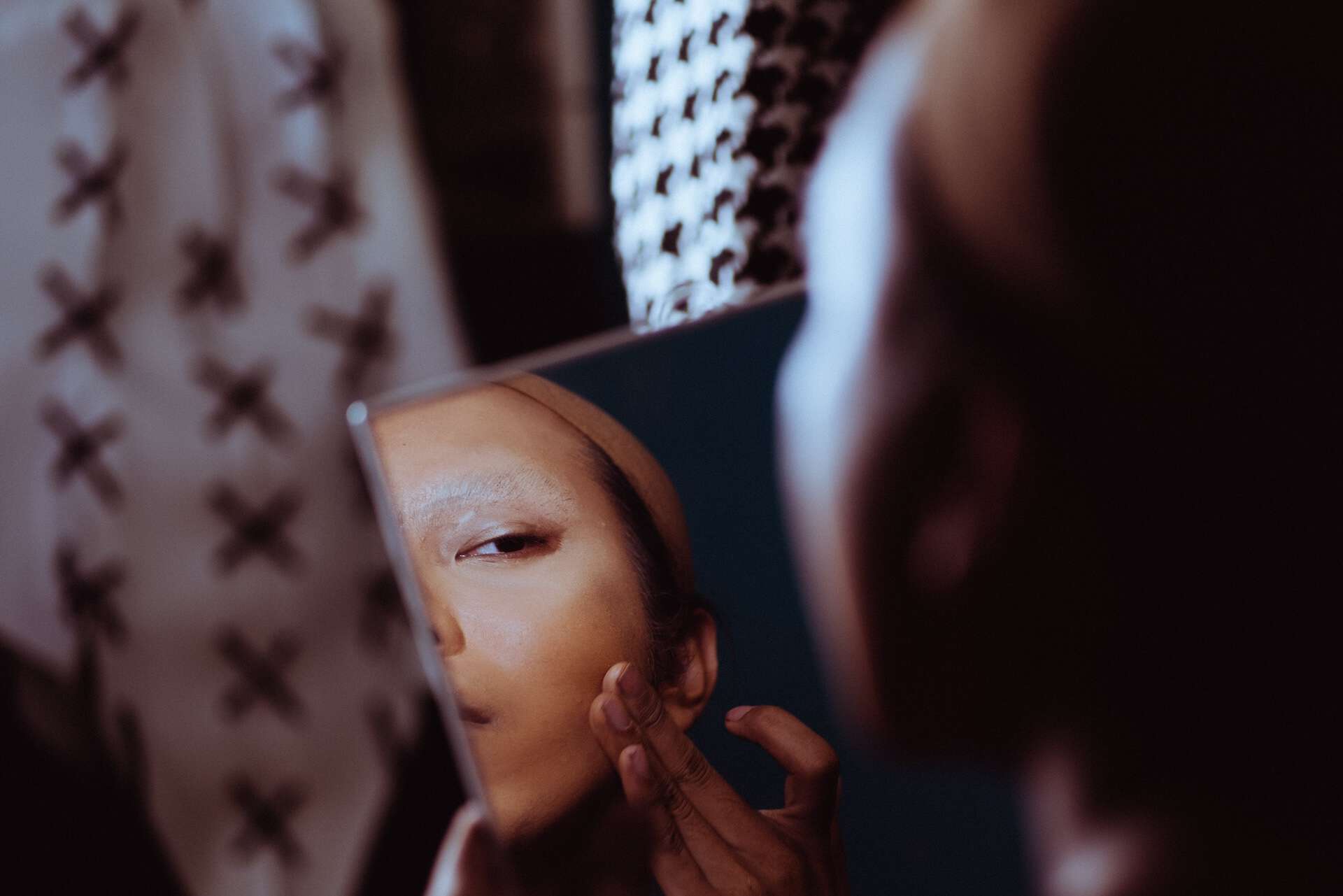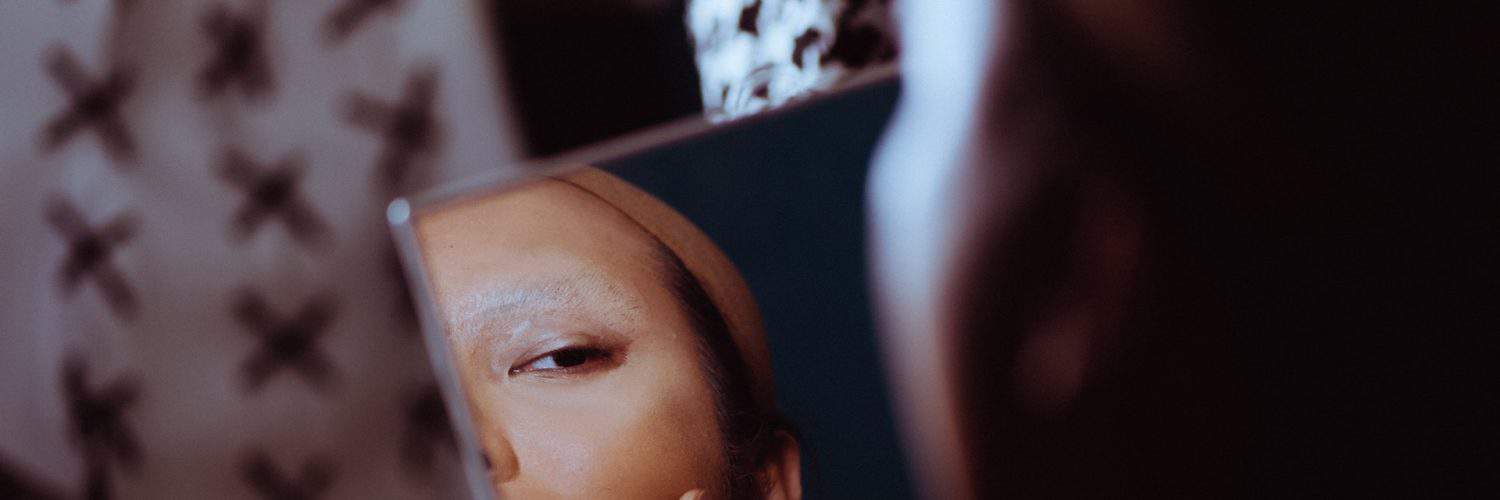Ladyboys in the Philippines
The journey of ladyboys in the Philippines is one of resilience and transformation. From their historical roles as spiritual leaders to their contemporary challenges and triumphs, they remain an integral part of the Filipino cultural fabric. As the Philippines moves forward, it carries with it the echoes of its past, the vibrancy of its present, and the promise of a more inclusive future.
The Philippines, an archipelago in Southeast Asia, is home to a vibrant and rich cultural history. Within this tapestry, the transgender community, often referred to locally as “ladyboys”, has woven its own story, one marked by resilience, acceptance, challenges, and transformation. This article delves into the journey of ladyboys in the Philippines, from their historical roots to their contemporary roles, and how Filipino culture has shaped and been shaped by this community.

1. Historical Context of Ladyboys in the Philippines
a. Pre-colonial Era Before the Spanish colonization in the late 16th century, the Philippines had a diverse set of beliefs and practices. In many indigenous Filipino cultures, there existed concepts of gender fluidity, and roles that transcended the binary definitions of male and female. The “Babaylan”, a spiritual leader who could be male, female, or transgender, is a classic example. These spiritual leaders held positions of respect and authority, mediating between the physical and spiritual realms.
b. Spanish Colonization The arrival of the Spanish brought with it Western religious and cultural beliefs, many of which were less accepting of non-binary gender roles. The influence of Catholicism, the predominant religion of the colonizers, redefined social norms and roles. The Babaylan and other non-binary roles faced persecution and their significance was diminished. The term “ladyboy” hadn’t come into use yet, but the suppression of gender fluidity began in earnest during this period.
2. Modern Perspective on Ladyboys
a. Urban Acceptance and Challenges Today, the Philippines is one of the most tolerant countries in Asia when it comes to transgender individuals. Major cities, like Manila and Cebu, have thriving LGBTQ+ communities. Ladyboys have become a visible part of urban landscapes, engaging in various professions including entertainment, beauty pageants, and the service industry. However, this visibility also brings challenges. Stereotyping, discrimination in workplaces, and violence are some of the hurdles that ladyboys continue to face in the modern era.
b. Legal Rights and Recognition While the Philippines has been making strides in recognizing and protecting the rights of its LGBTQ+ community, there’s still a long way to go. As of my last update in 2022, the country lacks comprehensive anti-discrimination legislation to protect transgender individuals. However, efforts are ongoing to establish these legal protections, and some local government units have taken the initiative to enact their own ordinances that protect the rights of transgender people.
3. Cultural Representation and Acceptance
a. Beauty Pageants and Showbiz The Philippines is renowned for its love of beauty pageants, and the transgender community is no exception. Transgender beauty contests, such as the “Miss Gay Philippines”, play a pivotal role in highlighting the beauty and talents of ladyboys. Moreover, many ladyboys have made a mark in the entertainment industry, with several transgender actresses and personalities gracing television screens and movie theaters, thus aiding in normalizing and celebrating transgender identities.
b. Traditional Roles and Community Acceptance In many provincial areas, the cultural acceptance of ladyboys is nuanced. While they are often embraced and celebrated during fiestas and local events, everyday acceptance can be more challenging. Traditional Filipino values, influenced by religion and local customs, sometimes clash with the acceptance of transgender individuals. However, as with urban areas, there’s a discernible shift towards greater acceptance and understanding, aided in part by increased representation in media and popular culture.







Add comment